42 is country of origin required on food labels
Country of origin labelling for food products - Canadian Food ... In Canada, there are mandatory requirements for certain food products to indicate the country of origin on their labels. Companies may also make voluntary claims to highlight the origins of a product or ingredient in a product. Country of origin labelling does not provide information on the safety of a food product. Food labelling: country of origin - GOV.UK If all these activities took place in a single country, the label 'Origin: [name of country]' is acceptable. For the GB market, 'United Kingdom' is the origin label for beef and veal from both GB...
Country of Origin Labeling (COOL) | Agricultural Marketing Service Country of Origin Labeling (COOL) is a labeling law that requires retailers, such as full-line grocery stores, supermarkets and club warehouse stores, to notify their customers with information regarding the source of certain foods.
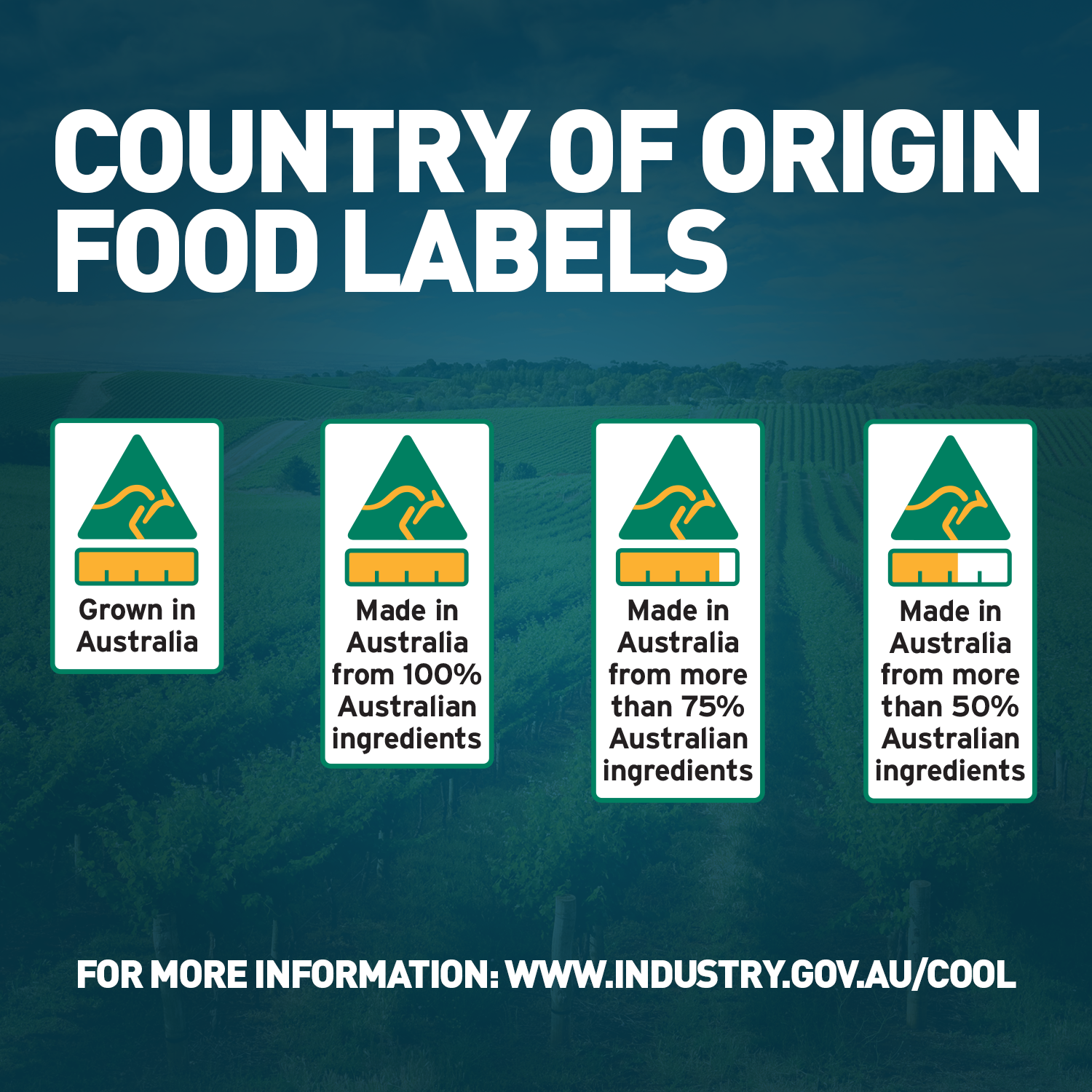
Is country of origin required on food labels
Country of Origin Marking Requirements | PackagingLaw.com Non-preferential rules of origin are used to determine the COO when a good does not qualify for preferential treatment. Goods that are "wholly obtained" (grown, produced, or manufactured) in a single country originate in that country. Determining the country of origin for goods that are not "wholly obtained" in a single country is more challenging. Country of origin - Wikipedia Country of origin (CO) represents the country or countries of manufacture, production, design, or brand origin where an article or product comes from. For multinational brands, CO may include multiple countries within the value-creation process. There are differing rules of origin under various national laws and international treaties. Country of origin labelling (COL) is also … Food labelling FAQs | ACCC On 1 July 2016, a new country of origin food labelling system commenced under the Australian Consumer Law (ACL). Businesses will have two years to sell current stock and change their labels to comply with the new law before it becomes mandatory on 1 July 2018.
Is country of origin required on food labels. PDF COUNTRY OF ORIGIN LABELING - California name of the country of origin of the article. Country of origin marking is used to clearly indicate to the ultimate purchaser of a product where the product was made. The USDA, Agricultural Marketing Service (AMS) is responsible for enforcement of the Country of Origin Labeling (COOL) law which establishes labeling requirements for specific covered Country of origin on food labels - Canadian Food Inspection Agency In Canada, there are mandatory requirements for certain food products to indicate the foreign state (definition) of origin on their labels. Although foreign states include countries as well as World Trade Organization (WTO) members, the Industry Labelling Tool commonly refers to this requirement as country of origin labelling. Country of Origin Requirements in the United States: An Overview Country of origin labeling is mandatory for all consumer products imported and sold in the United States. Country of origin labeling is often as straightforward as printing a 'Made in [INSERT COUNTRY]' on the product and its packaging. Country of Origin Food Labelling Information Standard 2016 Sep 28, 2017 · 7 Interpretation. Terms in the Dictionary at the end of this information standard have the meaning given by the Dictionary. 8 Meaning of grown, produced and made (1) In this information standard: grown: (a) a food or ingredient was grown in a country if it: (i) was materially increased in size or materially altered in substance in that country by natural …
CPG Sec. 560.200 Country of Origin Labeling - Food and Drug Administration A statement of the country of origin on the labeling of imported foods is not required by the Federal Food, Drug, & Cosmetic Act. This is a requirement of the U.S. Customs *and Border SFA | Understanding Food & Nutrition Labels As locally produced food products are manufactured by food business licensed by SFA, the declaration of the name and address of the local food business operator is sufficient to enable traceability. The declaration on country of origin is not required. Food business operators may indicate that the food is of local origin on a voluntary basis. Should Queensland restaurants declare their seafood's country of origin? The Northern Territory is the only Australian jurisdiction to require dining venues to label seafood that is imported or with its country of origin. The Albanese government has also flagged it ... Country of Origin Marking - U.S. Customs and Border Protection Additional products are exempt from country of origin marking requirements, but Canada, Mexico and the United States may require that their outermost usual containers be marked to indicate the country of origin of the goods they contain. These include a Canadian, Mexican or U.S. good that: is incapable of being marked;
The long, tangled story behind country-of-origin labels For example, country-of-origin labeling is required on food products including the muscle cuts of lamb and chicken, wild and farm-raised fish, and fresh and frozen fruits and vegetables, according ... Technology and Science News - ABC News Jul 12, 2022 · Twitter said it removes 1 million spam accounts each day in a call with executives Thursday during a briefing that aimed to shed more light on the company’s fake and bot accounts as it tussles ... Country of origin food labelling | ACCC A visual style guide is available to assist businesses to correctly design and display their country of origin food labels as required by the Standard: Three component standard mark – a graphic and text-based label which is mandatory for priority food items grown, produced or made in Australia. The label includes: Is country of origin required on labels? - Curvesandchaos.com SPECIAL NOTE: This webpage is strictly about marking of country of origin on U.S. imports and is for general information purposes only. Is the country of origin on the label of imported foods? A statement of the country of origin on the labeling of imported foods is not required by the Federal Food, Drug, & Cosmetic Act.
Mandatory country-of-origin labeling (US) - Wikipedia For country of origin labeling in general, see Country of origin § Labelling requirements. Country of origin labeling (COOL) (or mCOOL [ m for mandatory]) is a requirement signed into American law under Title X of the Farm Security and Rural Investment Act of 2002 (also known as the 2002 Farm Bill), codified at 7 U.S.C. § 1638a as Notice of ...
Country of origin claims | ACCC - Australian Competition and … Most of the foods you buy need to display country of origin labels. Look out for these labels on food packages or in-store signage. Different labelling requirements apply depending on: whether the food is grown, produced, made or packed in Australia or another country; whether the food is a ‘priority’ or ‘non-priority’ food
Compliance FAQs: Packaging and Labeling in the US | NIST There are many regulations, depending on the product, with which a product's label or markings must be in compliance before being sold in the United States. Labeling requirements related to legal metrology (i.e., products and commodities sold in package form by weight, measure or count) must comply with The Fair Packaging and Labeling Act ...
Country of origin food labelling | business.gov.au Country of origin labelling is not required on the following food products: foods not for human consumption (for example, pet food) foods sold in restaurants, cafes, take-away shops or schools foods sold at fundraisers foods sold from the same premises in which they have been made and packed.
Must processed food products have a country of origin label? - USDA Must processed food products have a country of origin label? Jul 17, 2019 Knowledge Article Retail items that meet the definition of a processed food item do not require labeling under the COOL final rule. For more information, visit Common Questions & Answers on Country of Origin Labeling. Live chat:
Marking of Country of Origin on U.S. Imports Aug 12, 2020 · For a good from a NAFTA country: if under the NAFTA Marking Rules (19 CFR Part 102) the second country is determined to be the country of origin of the good; or For an article considered to be a textile or apparel product (regardless of whether it is a good from a NAFTA country): if the country of origin is determined by the general rules set ...
Which foods are covered in the country of origin labeling law? - USDA Foods that must be labeled with their country of origin are: 1. Muscle cuts of beef (including veal), lamb, pork, goat, and chicken; 2. Ground beef, ground lamb, ground pork, ground goat, and ground chicken; 3. Wild and farm-raised fish and shellfish; 4. Perishable agricultural commodities (fresh and frozen fruits and vegetables); 5.
Marking of Country of Origin on U.S. Imports Every article of foreign origin entering the United States must be legibly marked with the English name of the country of origin unless an exception from marking is provided for in the law. SPECIAL NOTE: This webpage is strictly about marking of country of origin on U.S. imports and is for general information purposes only.
Country of origin food labelling | ACCC - Australian Competition and ... A visual style guide is available to assist businesses to correctly design and display their country of origin food labels as required by the Standard: Three component standard mark - a graphic and text-based label which is mandatory for priority food items grown, produced or made in Australia. The label includes:
Country of Origin Labeling (COOL) Frequently Asked Questions Country of Origin Labeling (COOL) is a consumer labeling law that requires retailers (most grocery stores and supermarkets) to identify the country of origin on certain foods referred to as "covered commodities".
Country of Origin Labeling (COOL) | Agricultural Marketing Service Country of Origin Labeling (COOL) is a labeling law that requires retailers, such as full-line grocery stores, supermarkets and club warehouse stores, to notify their customers with information regarding the source of certain foods. ... Food products covered by the law include muscle cut and ground meats: lamb, goat, and chicken; wild and farm ...

Food Labeling: FDA Protections and Country-of-Origin Labels (Food Science and Technology: Government Procedures and Operations)
Food labelling FAQs | ACCC On 1 July 2016, a new country of origin food labelling system commenced under the Australian Consumer Law (ACL). Businesses will have two years to sell current stock and change their labels to comply with the new law before it becomes mandatory on 1 July 2018.
Country of origin - Wikipedia Country of origin (CO) represents the country or countries of manufacture, production, design, or brand origin where an article or product comes from. For multinational brands, CO may include multiple countries within the value-creation process. There are differing rules of origin under various national laws and international treaties. Country of origin labelling (COL) is also …
Country of Origin Marking Requirements | PackagingLaw.com Non-preferential rules of origin are used to determine the COO when a good does not qualify for preferential treatment. Goods that are "wholly obtained" (grown, produced, or manufactured) in a single country originate in that country. Determining the country of origin for goods that are not "wholly obtained" in a single country is more challenging.




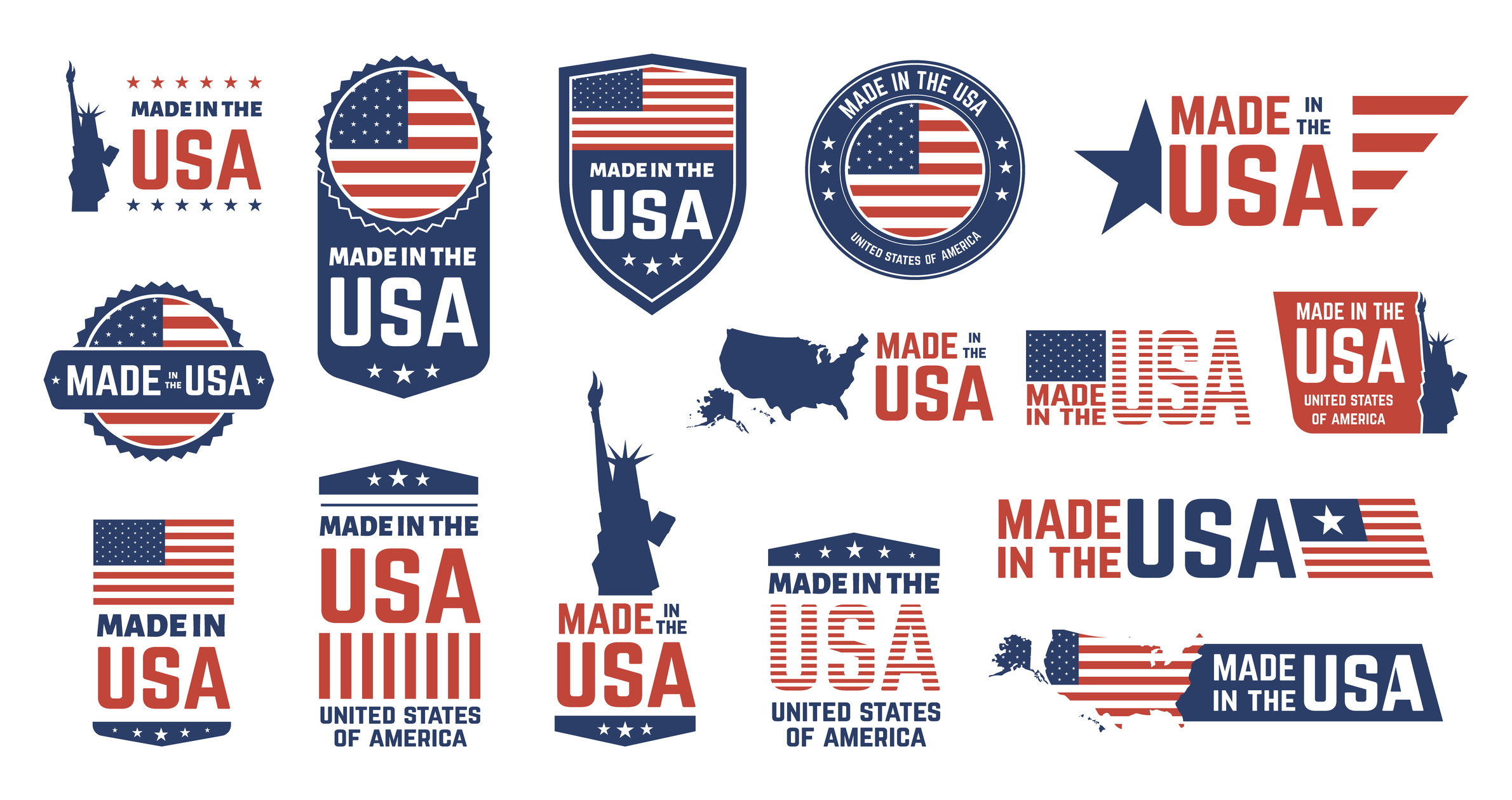


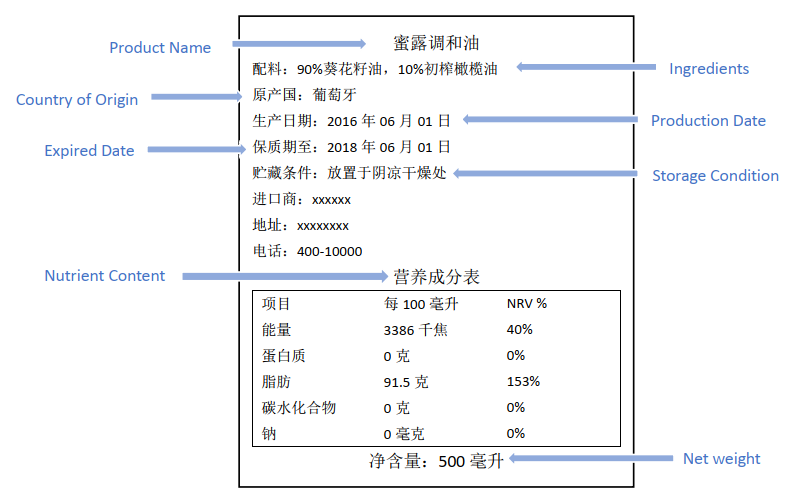




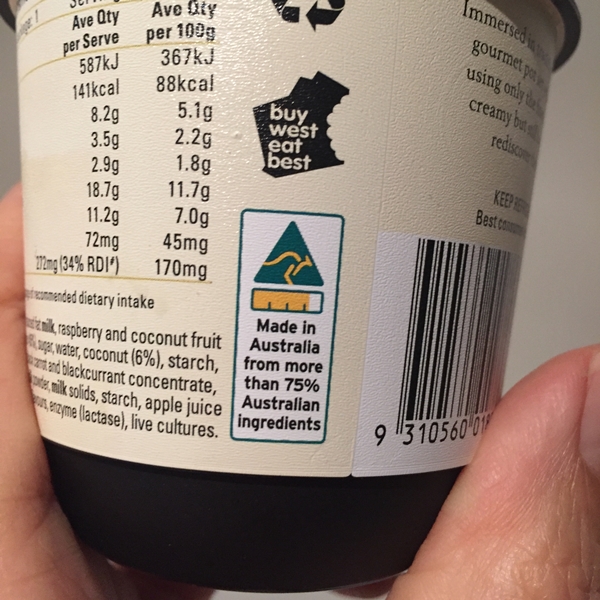


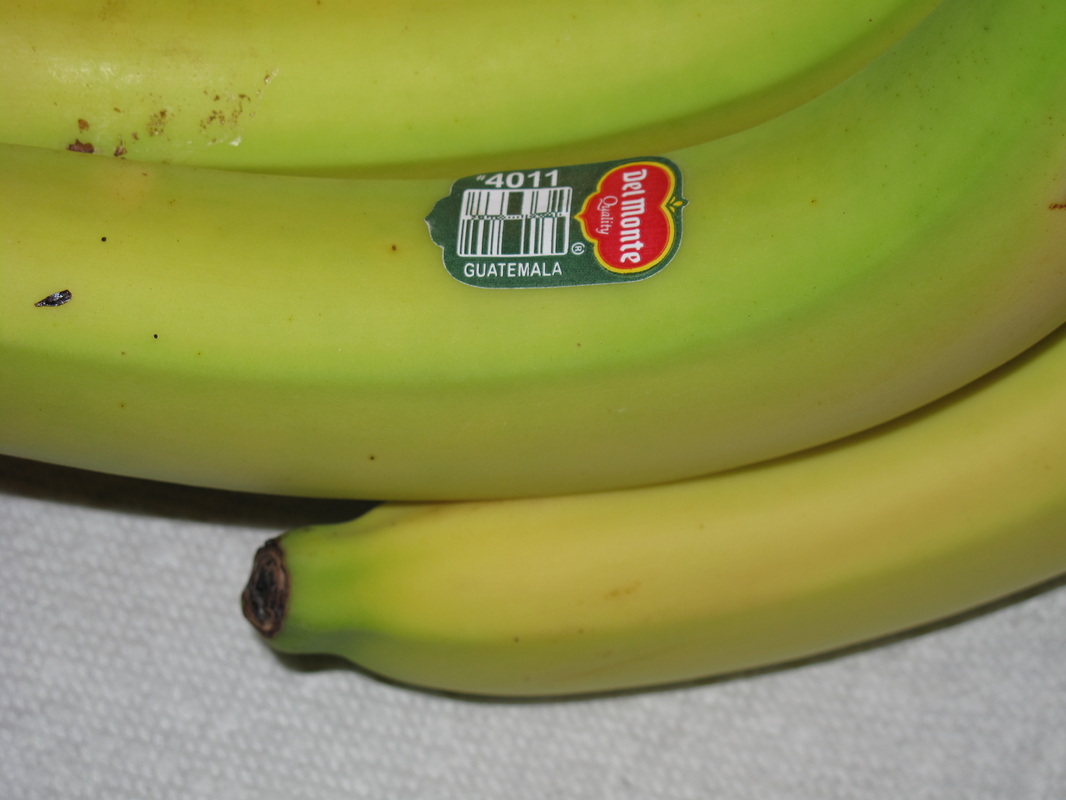
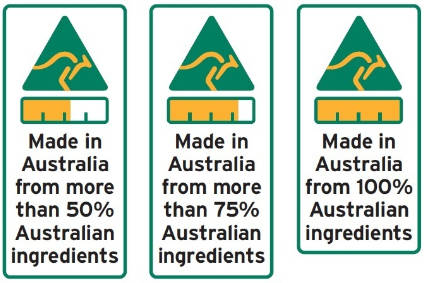


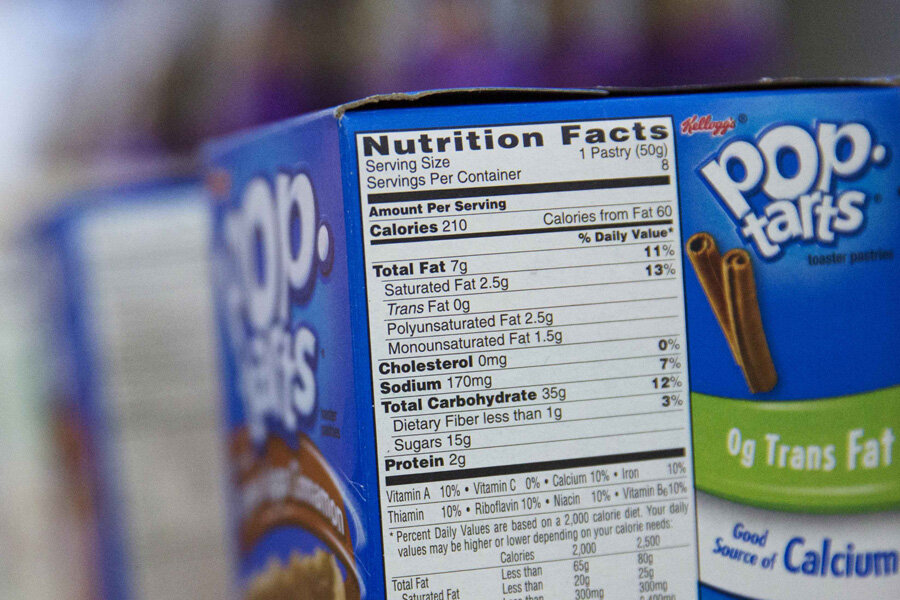
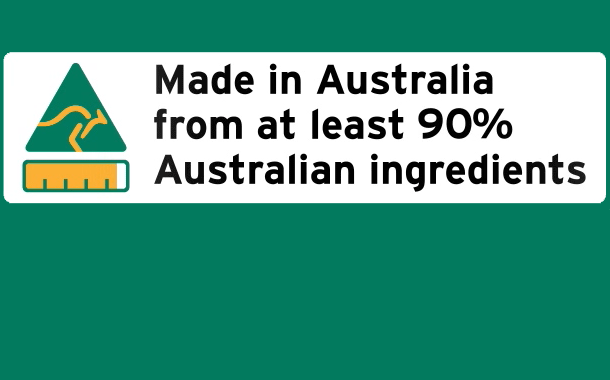
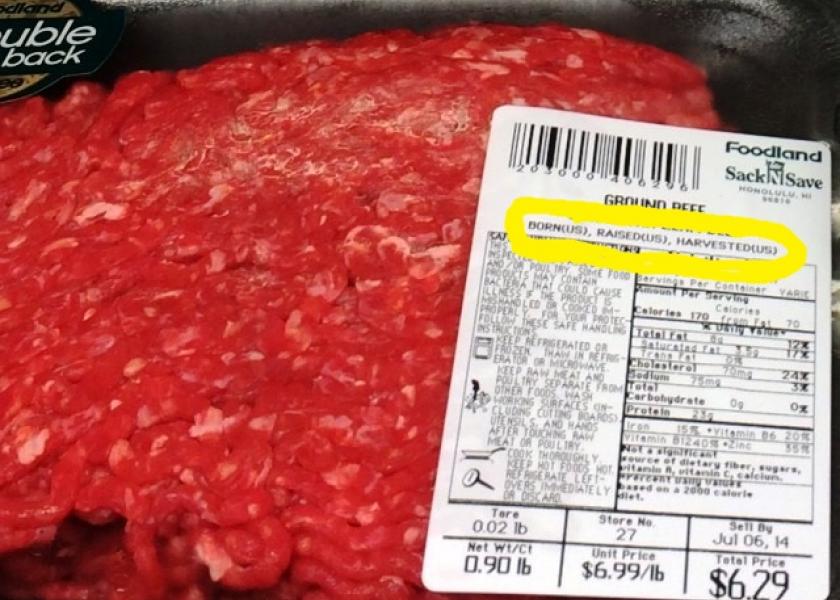



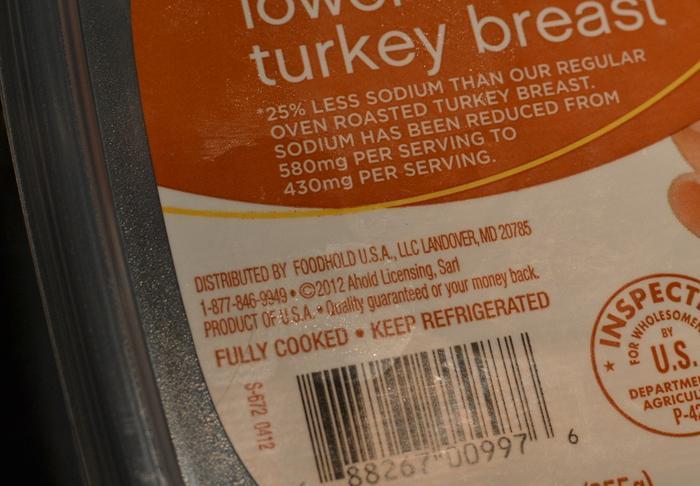

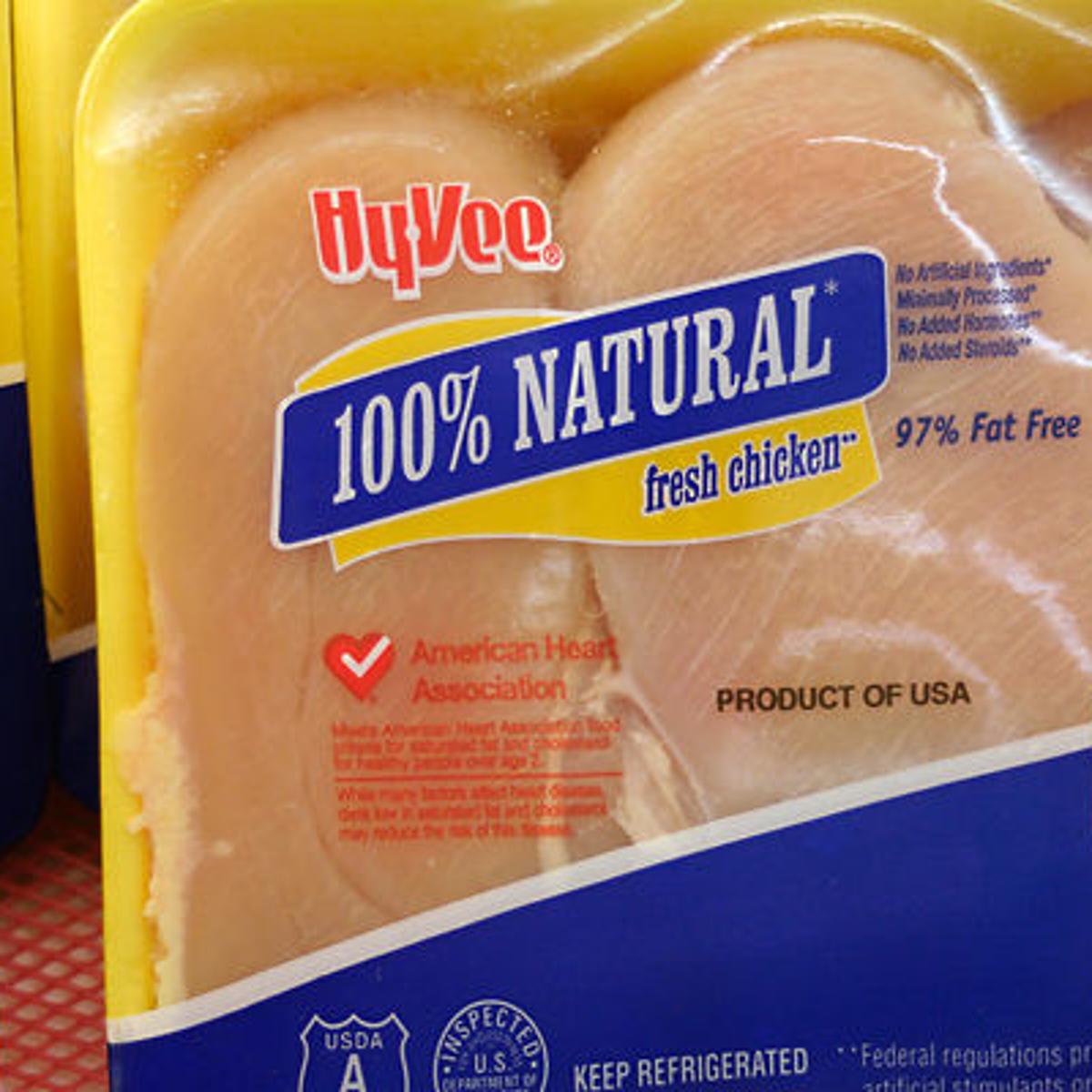
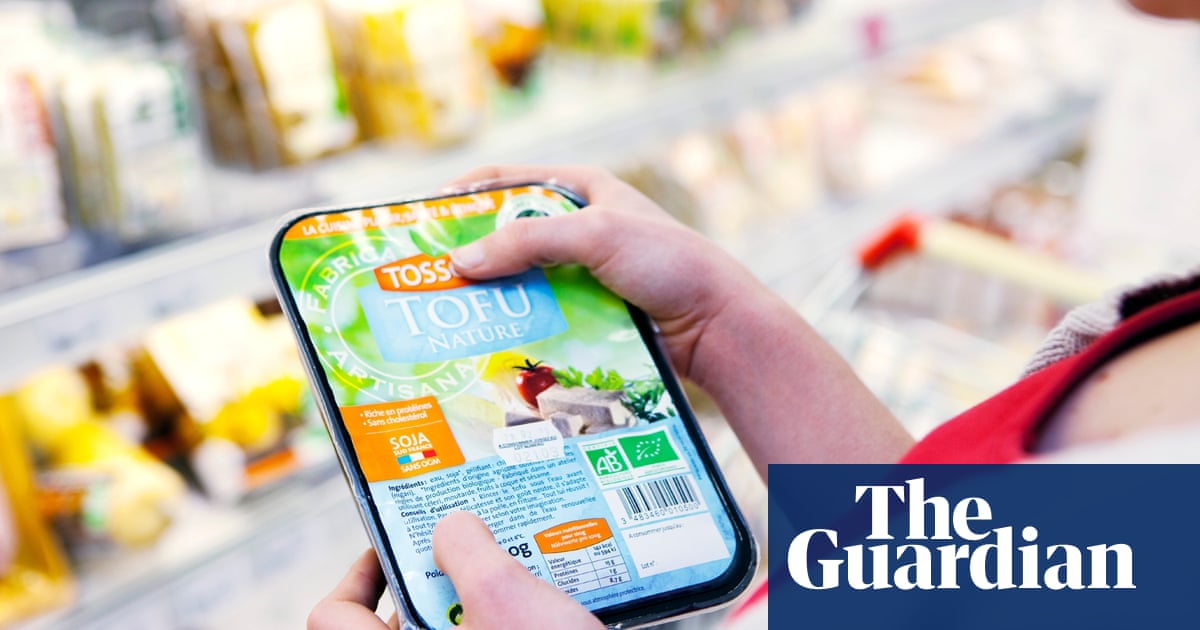
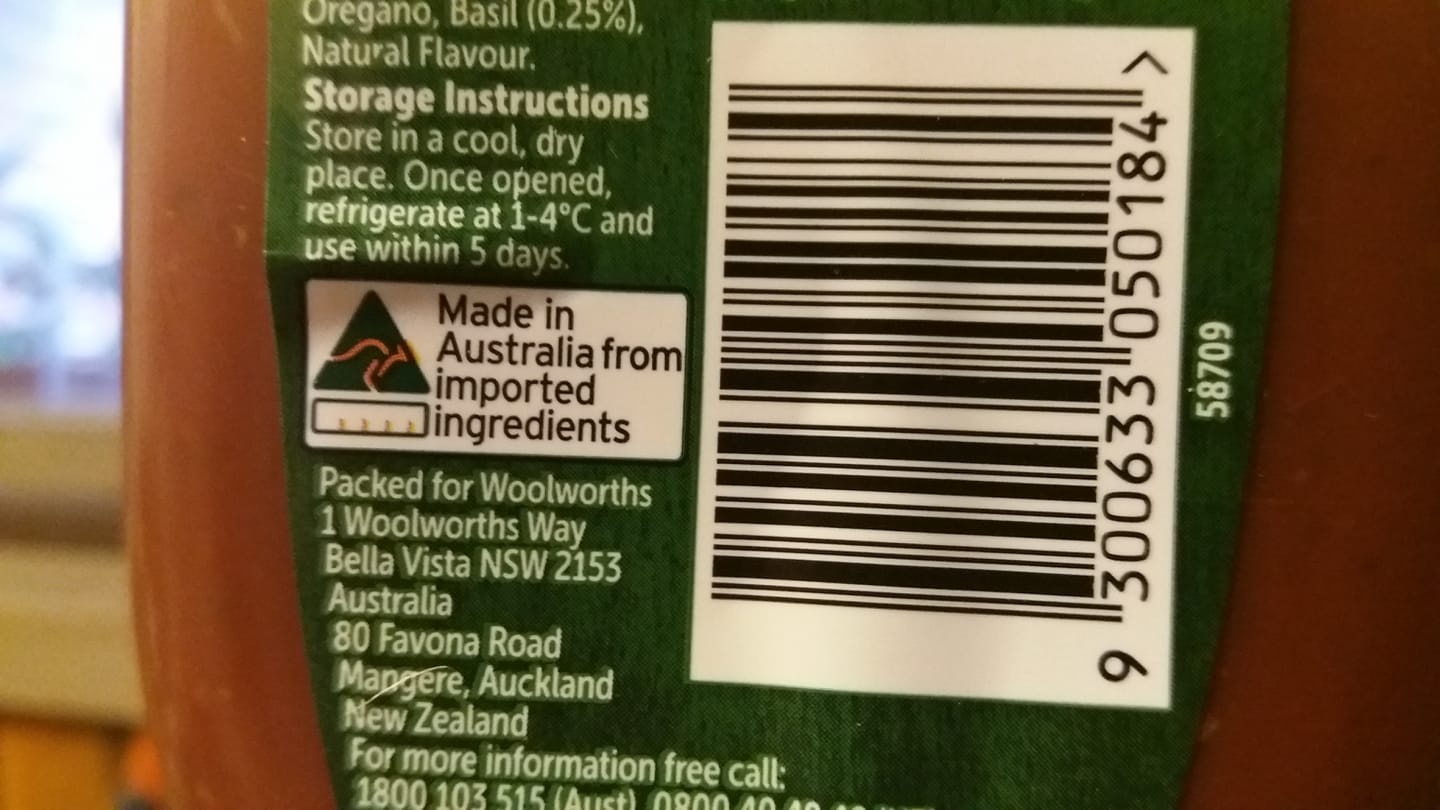
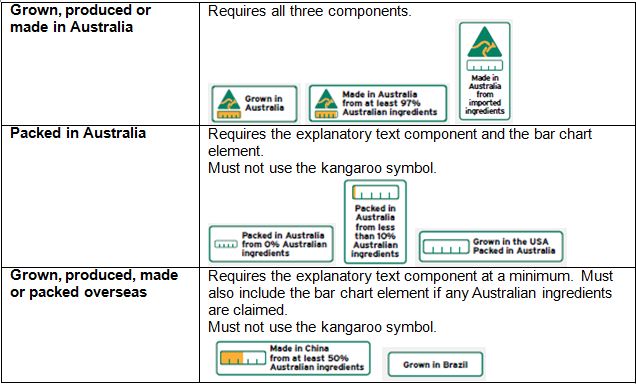



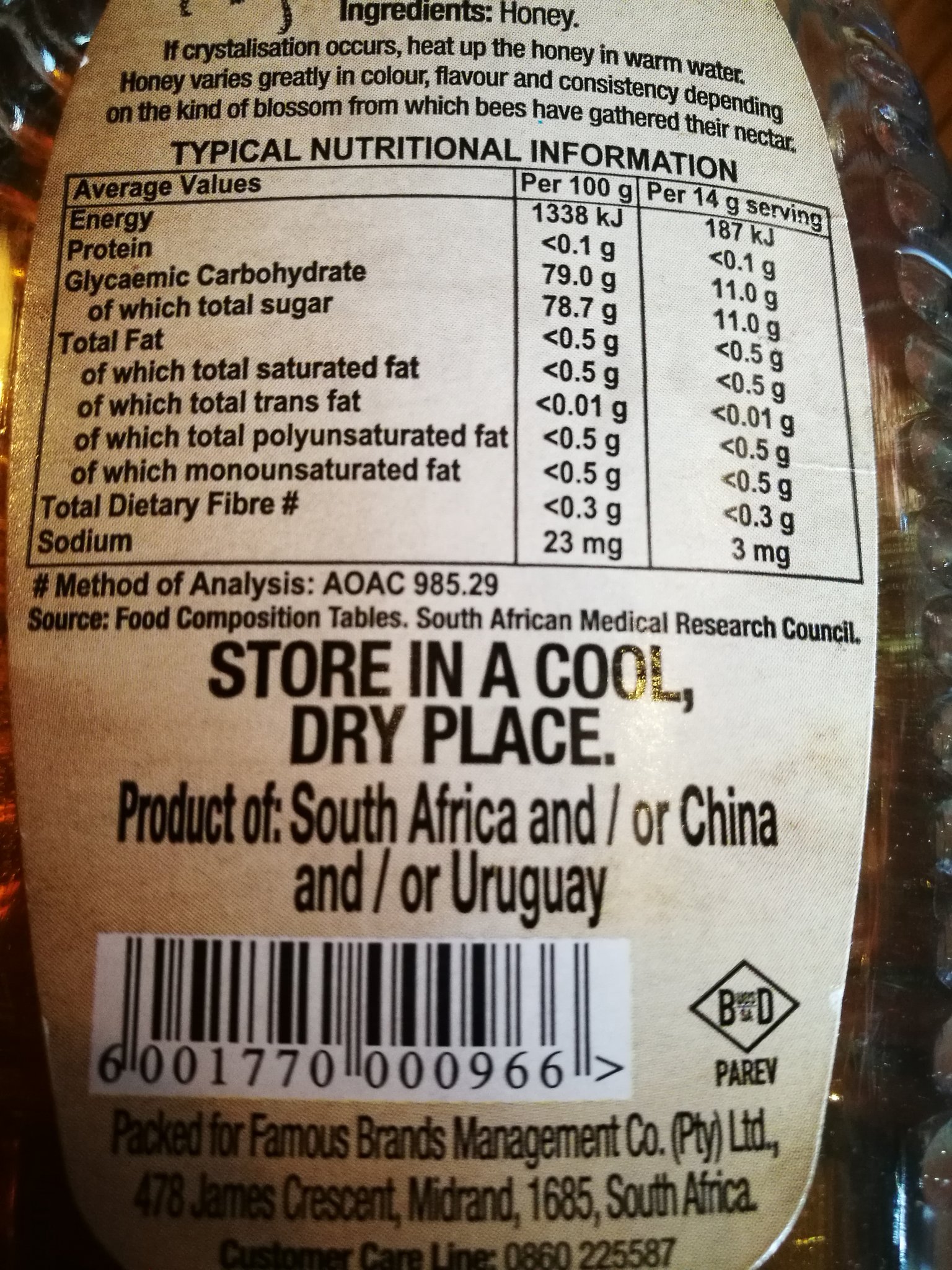


Post a Comment for "42 is country of origin required on food labels"